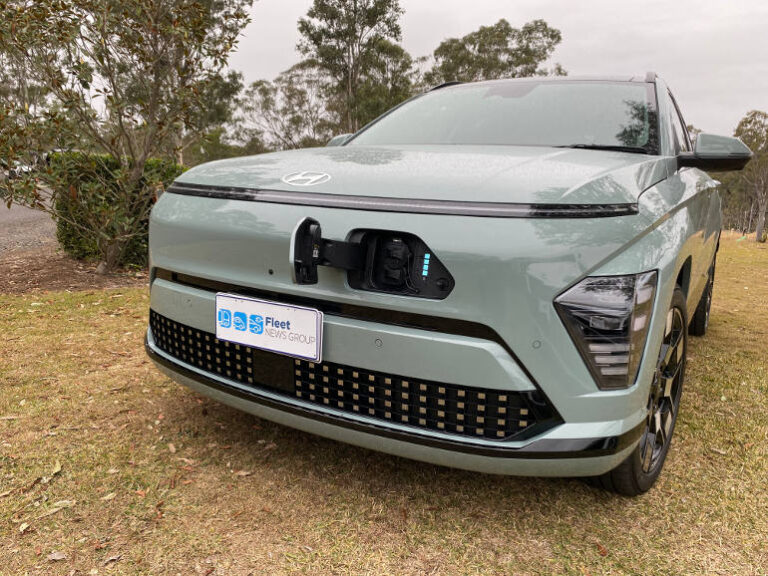The Hyundai Kona has demonstrated remarkable resilience and adaptability in the Australian market, positioning itself as a strong contender in the competitive small SUV category. The new model, launched in 2023, builds on the strengths of its predecessor while introducing a platform that caters to petrol, hybrid, and electric powertrains—all within the same vehicle design. This strategy has provided flexibility for fleet managers and individual consumers, allowing them to transition between powertrains based on their needs and preferences.
A Promising Start with Fleet Potential
Hyundai had high hopes for the new Kona due to the success of its predecessor in fleet applications. The versatility of offering petrol, hybrid, and EV options made it an attractive choice for fleet transitions, especially for organisations aiming to reduce emissions incrementally. The new model also addressed key criticisms of the older Kona, including a more spacious back seat and a futuristic yet universally appealing design.
However, the vehicle faced an unexpected setback when it failed to achieve a five-star safety rating under the 2023 ANCAP protocols. This shortcoming disqualified the Kona from many government fleet purchases, a major disappointment given the substantial support government fleets provided for the previous Kona EV. Despite this, the new model is undeniably safer and more technologically advanced than its predecessor.
Sales Performance
Hyundai’s sales figures underscore the Kona’s appeal. In 2022, the company sold 11,538 Konas, following 12,748 units in 2021. Although 2023 saw a dip to 10,188 units due to the model transition, 2024 has marked a significant rebound. By the end of November, Hyundai reported 16,431 Kona sales—a strong recovery, reflecting consumer confidence in the new model despite its four-star ANCAP rating.
This sales growth has elevated the Kona to second place in the small SUV category, trailing only the MG ZS, which remains the market leader due to its competitive pricing. The Kona’s main competitors, such as the Mazda CX-30 and Mitsubishi ASX, also continue to vie for consumer attention, while new entrants like the GWM Haval Jolion add to the competitive landscape.
Powertrain Choices: A Winning Strategy
One of the standout features of the Kona is its diverse powertrain options. The hybrid version accounts for 25% of sales, significantly outperforming the broader market, where hybrids constitute only about 15% of total vehicle sales. Similarly, the Kona EV, representing 8% of Kona sales, surpasses the national EV average of 7%.
This balanced powertrain strategy has proven successful, giving buyers the flexibility to choose how they want to reduce emissions and manage running costs. For fleets and private buyers alike, this variety makes the Kona a practical and future-proof choice.
Beyond the Safety Ratings
While safety remains a crucial factor for buyers, the Kona’s sales performance suggests that a four-star ANCAP rating does not necessarily deter consumers. Buyers recognise that the Kona is a fundamentally safe and advanced vehicle, prioritising other attributes such as emissions reduction, design, and versatility.
The Hyundai Kona’s success lies in its ability to cater to diverse needs while adapting to market challenges. Its robust sales figures and innovative approach to powertrain offerings solidify its place as a key player in Australia’s small SUV segment.






